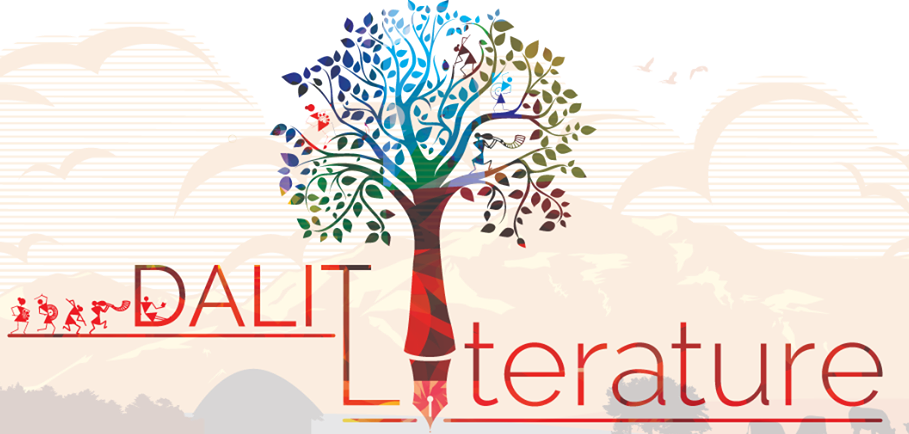
Dalit Writers – Struggle Against Social Discrimination
Dalit writers are gaining prominence in modern literature. But their beginnings were not all that easy. They had to endure social stigma and isolation from society, especially the upper castes.
Poets and Their Sufferings
According to Wikipedia, Dalit literature started in the 1960s in Marathi language and quickly spread to other languages like Hindi, Kannada, Telugu, Bengali and Tamil. The genre was mostly poetry, stories, articles and autobiographies depicting real lives and the politics of Dalits. It is often compared to African-American literature which depicted sufferings of blacks and their racial discrimination as seen in ‘slave narrative” exposing injustice
One of the early known Dalit poets is Madara Chennaiah, a cobbler saint who lived in western Chalukyas. He is regarded by some scholars as ‘father of Vachana’ poetry. Another Dalit by birth Dohara Kakkaiah was also a poet whose six confessional poems survived. Origins of Dalit writings can also be traced back to Buddhist literature: Dalit Bhakti poets like Gora, Ravidas, Chokka Mala and Karmamela and the Tamil Siddhas or Chittars (6 – 13 century CE) might have been Dalits going by hagiographical accounts like ‘Periyapuranam’ (12 century CE). But the true sense of Dalit writings became popular with Sree Narayan Guru, Phule, Ambedkar, Ayyyappan, Appachan and others. They exposed the cruel practice of discrimination vividly in their writings.
The term ‘Dalit literature’ was used in the first conference of Maharashtra Dalit Sahitya Sangha (Maharashtra Dalit Literature Society) in Mumbai in 1958. Later, in 1993, Ambedkari Sahitya Parishad organised the first Akhil Bharatiya Ambedkari Sahitya Sammelan (All India Ambedkarite Literary convention) with the inspiration of life and writings of Dr Ambedkar in Wardha. The Dalit literature became mainstream literature with English translation of Marathi’ An anthology of Dalit literature ‘edited by Mulk Raj Anand and Eleanor Zelliot. The work became popular throughout India.
Struggle Against All Odds
The Dalit writers were discriminated against from the beginning. They were not allowed to attend conventions. Even at the time of Phule and Ambedkar, the Brahmins did not allow reading and writing of Dalits. Their works were published only due to Britishers allowing printing of works.
A Telugu poet Gurram Jashua, was not allowed to share the same dais with other upper caste writers. In his epic poem ‘Gabbilam’ (The bat), he poignantly explains how even a bat is allowed into the temple but an untouchable is not allowed to see God. He was later awarded Sahitya Academy award and Padma Bhushan. He wrote many poems expressing the plight of lower caste in the society.
Present Position
Modern Dalit literature is more vocal in its expression of injustice. Many Dalit writers are coming forward to explain the harm caused to them by Manu order and Hindu scriptures that advocate strict following of caste system. Even some non-Dalit writers are exposing the exploitative nature of the brahminical system. There is rising trend of writings against Hindutva and its cruel social impact on downtrodden.
Author – Sheshu Babu



+ There are no comments
Add yours